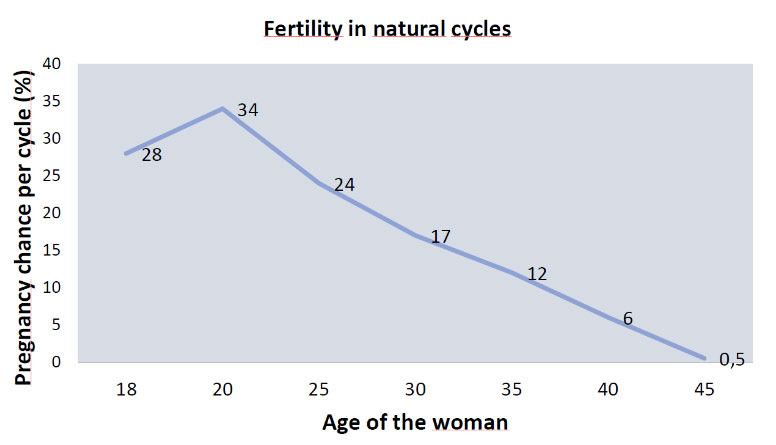Science
About ScienceInvoluntary childlessness is today by far the most common chronic disease among 20-45-year-olds in the Nordic countries. More and more people are affected by infertility due to illnesses related to age, lifestyle, and environmental impact among others. Between 16 and 25% of all people who want children will experience reproductive problems. And the problem will be not decrease in the years to come. In addition to the societal problems that lower birth rates result in, such as future demographic challenges, involuntary childlessness also has serious consequences for the individual. Today, about one in five men will never become a father and one in ten women will either not have children or have fewer children than she wants.
We as society are demographically challenged. In the Nordic region, women only get about 1.7 children on average and we need to get 2.1 children per woman, in order to reproduce ourselves as a population. Surveys show significant knowledge gaps about our own biology and reproduction. About 80-90% of the population has little or incorrect knowledge of the connection between, for example, the woman’s age and fertility and hence about the consequences of postponing the decision to have children. Many young people therefore make big and important personal decisions without sufficient knowledge.

With ReproUnion, it is our goal to overcome infertility by further pursuing our revolutionary research regarding better understanding of underlying causes of infertility as well as developing the techniques for assisted reproduction – always by ensuring the highest professional quality in our results. And at the same time work persistently with prevention, in order to increase the knowledge and awareness of infertility so that everybody can make informed choices in their lives – and get the family they dream of.
- About 10% of all children in Denmark are conceived with help from a fertility clinic
- 16-25% of all couples trying to have children experience fertility problems
- In the Nordic countries, women get about 1.7 children. If we as a population are to reproduce ourselves, the figure must be approx. 2.1 children
- Every 5th man never gets children
- Every 10th woman never gets children, or gets fewer children than she wanted
- The average age of first-time mothers in the Nordic countries is approx. 29 years
- Studies show that the relatively high age is one of the major factors associated with fertility problems. But other factors, such as sexually transmitted diseases, obesity, smoking and the environment, affect both male and female fertility
- A Swedish survey shows that about 80-90% of women and men do not know or are wrong, when asked about the relationship between the woman’s age and fertility
